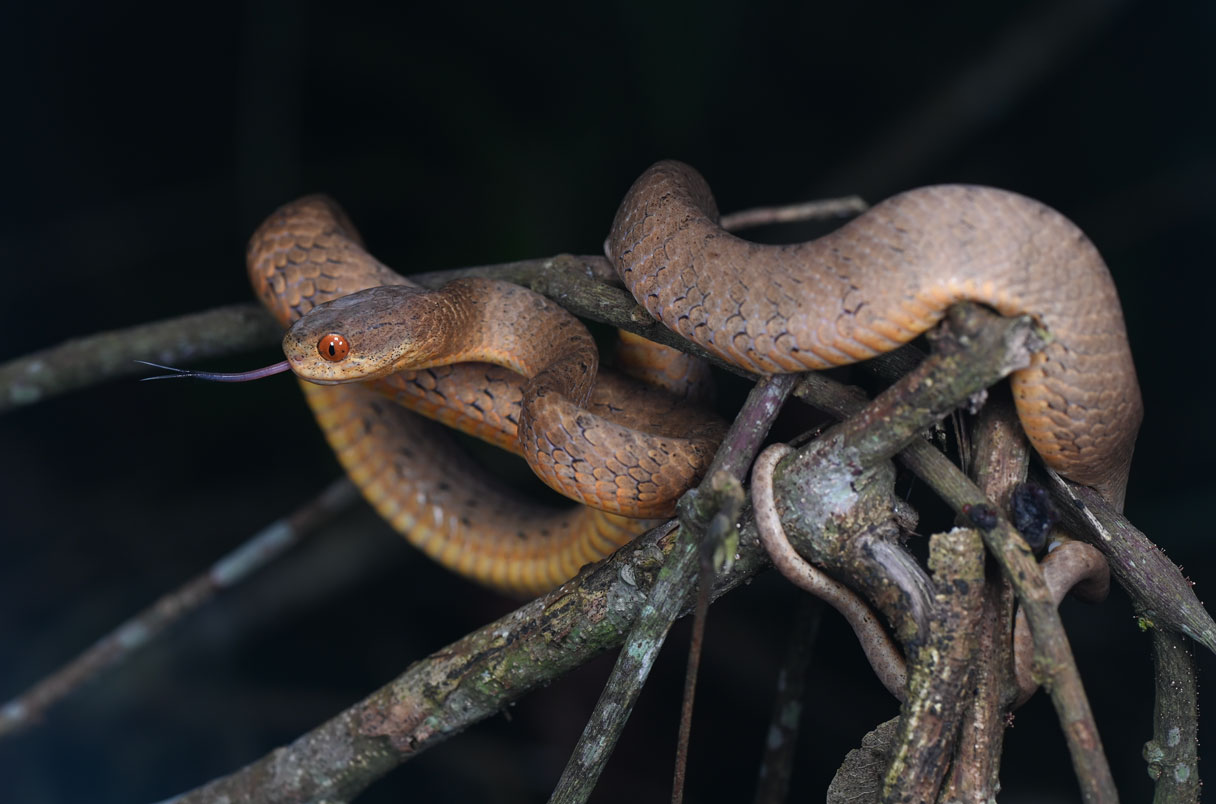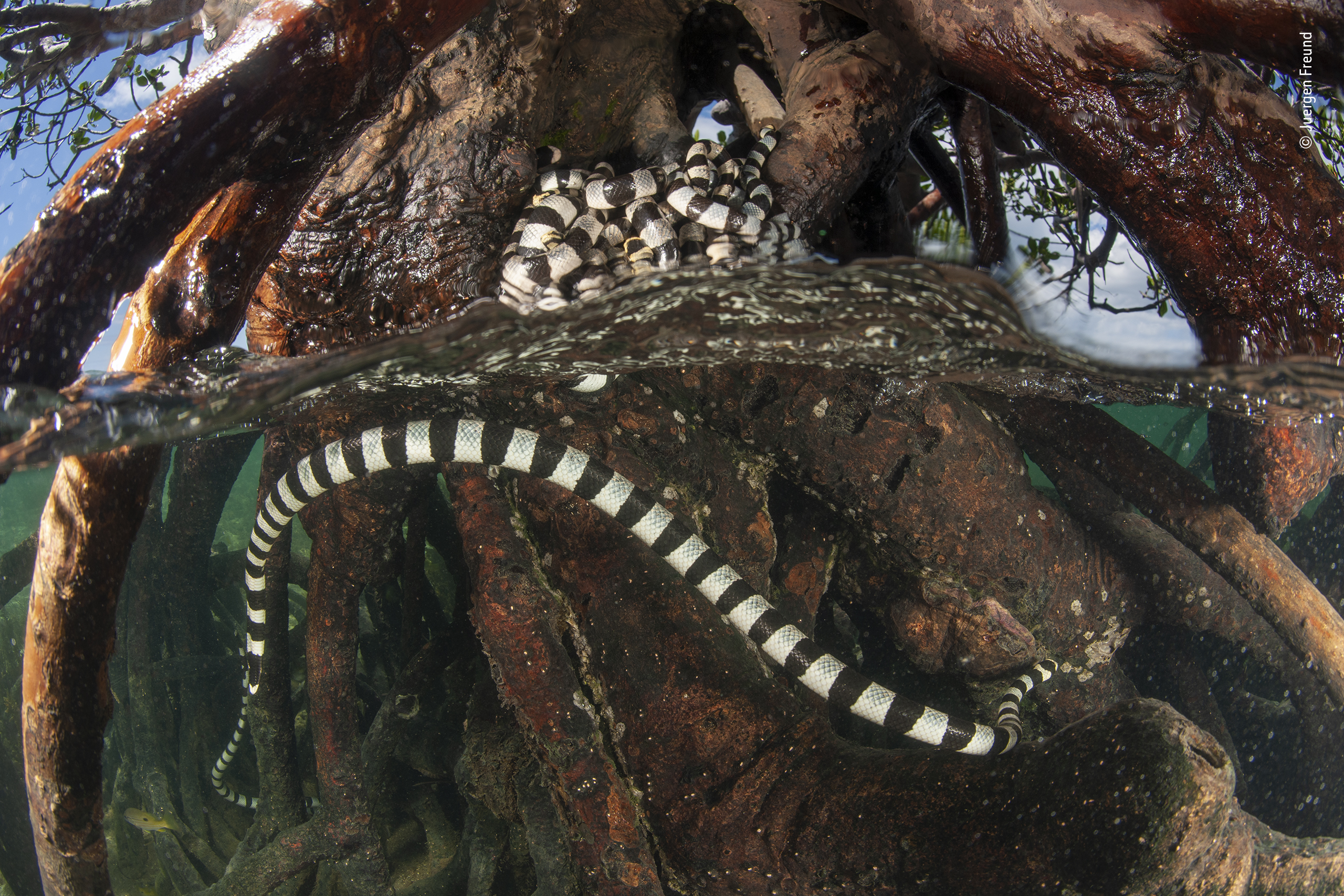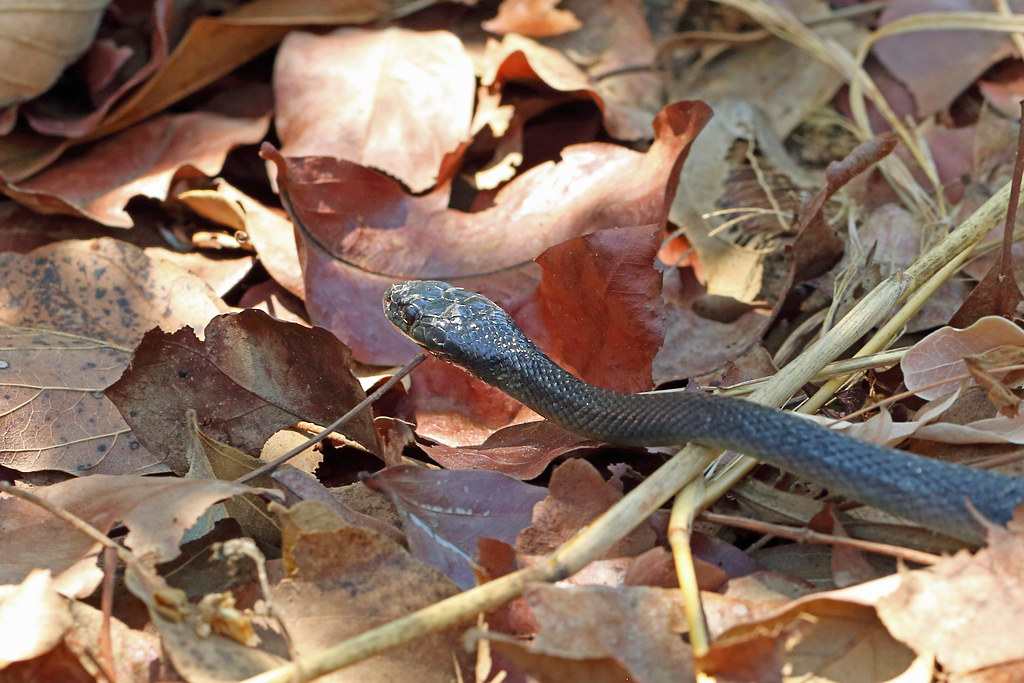Explore the Enchanting Beauty of congo snake tree photo
Welcome to our website, where you can indulge in the breathtaking beauty of the congo snake tree photo. The Congo Snake Tree, known for its distinctive serpentine-like pattern and impressive height, is a sight to behold. Explore our mesmerizing gallery and be transported to the lush rainforests of Congo through these stunning photographs. Immerse yourself in the intricate details and vibrant colors of the Congo Snake Tree captured in each photo, providing an immersive experience like no other. Join us in admiring the enchanting allure of this unique species.
The Congo snake tree is a remarkable species that is native to the tropical rainforests of Central and West Africa. Also known as Jatropha podagrica, this unique plant belongs to the Euphorbiaceae family and is characterized by its distinctive appearance and fascinating growth patterns. In this article, we will delve deeper into the world of the Congo snake tree and explore its various features, benefits, and care requirements.
Appearance and Features
Congo snake tree photo! The Congo snake tree is a striking plant that can reach a height of up to three feet. Its most distinctive feature is its swollen and ornamental stem, which resembles a snake ready to strike. This swollen stem acts as a water storage organ for the plant, allowing it to survive in arid conditions. The stem is green in color and covered in small, warty protuberances that add to its unique allure. The branches of the Congo snake tree are thin and leafless, further enhancing its peculiar appearance.
Leaves
The leaves of the Congo snake tree are palmate, meaning they are divided into several finger-like lobes. These lobes vary in number, usually ranging from five to seven, and have a smooth texture. The leaves are a vibrant green color, adding a touch of lushness to the plant’s overall aesthetic. While the leaves do not play a significant role in the plant’s ornamental value, they are essential for photosynthesis and overall plant health.
Flowers
Congo snake tree photo! The Congo snake tree produces small, star-shaped flowers that are a rich shade of red. These flowers bloom in clusters at the ends of the branches, creating a beautiful contrast against the plant’s green stem. The flowers are attractive to pollinators, such as bees and butterflies, which play a crucial role in the plant’s reproduction. Once pollinated, the flowers give way to fruit capsules containing seeds, being an essential part of the plant’s life cycle.
Cultivation and Care
Congo snake trees are relatively easy to cultivate, making them suitable for both experienced gardeners and plant enthusiasts who are just starting. These plants thrive in warm, tropical climates, where temperatures range between 60°F (15°C) and 90°F (32°C). They require well-draining soil and prefer a sunny location, although they can tolerate partial shade. Adequate irrigation is crucial, as the Congo snake tree prefers evenly moist soil. However, it’s important to avoid overwatering, as this can lead to root rot.
Propagation of the Congo snake tree can be achieved through both seeds and stem cuttings. If you decide to grow the plant from seed, it’s recommended to soak the seeds in warm water for several hours before sowing. This helps soften the seed coat and improves germination rates. Stem cuttings can be taken from a mature plant and rooted in a well-draining potting mix.
Benefits and Uses
Congo snake tree photo! Apart from its intriguing appearance, the Congo snake tree also offers several benefits and uses. In traditional medicine, various parts of the plant are believed to possess medicinal properties. The latex produced by the Congo snake tree is thought to have antimicrobial and anti-inflammatory effects, making it potentially useful in the treatment of wounds and skin conditions.
Furthermore, the Congo snake tree is an excellent choice for those looking to attract wildlife to their gardens. The flowers serve as a nectar source for bees, butterflies, and other pollinators, helping support the local ecosystem. Additionally, the plant’s fruit capsules provide food for certain bird species, contributing to biodiversity.
In conclusion, the Congo snake tree is an extraordinary plant with its snake-like stem and palmate leaves. Its unique appearance, combined with its low-maintenance nature and potential medicinal properties, make it an attractive addition to any garden or indoor plant collection. Whether you’re drawn to its peculiar aesthetics or interested in its ecological benefits, the Congo snake tree is undeniably a fascinating species worthy of attention.
The Origins
The origin of the congo snake tree can be traced back to ancient civilizations and is deeply rooted in history, mythology, and folklore. This iconic tree has captivated the imaginations of people for centuries, with its unique appearance and mythical associations.
Historical Background
Congo snake tree photo! The congo snake tree’s historical significance can be found in various cultures around the world. In ancient Egypt, this tree was revered for its sacred properties and was often depicted in hieroglyphics and temple carvings. The Egyptians believed that the congo snake tree was a symbol of fertility and regeneration, and it was commonly associated with their goddess of the earth, Isis.
In ancient Greece, the congo snake tree was associated with Dionysus, the god of wine and festivities. It was believed that the leaves of this tree had magical properties and could be used to induce hallucinations during religious ceremonies. The Greeks also considered the congo snake tree as a symbol of transformation and rebirth, connecting it to the mythological creature, the snake.
During the medieval period, the congo snake tree became a popular motif in Christian art and literature. It was often depicted in biblical scenes, such as the Garden of Eden, where it represented temptation and the fall of humanity. Additionally, the tree’s serpentine appearance was associated with the devil and was used as a symbol of evil and deceit.
Mythology and Folklore
Congo snake tree photo! Mythology and folklore surrounding the congo snake tree vary across different cultures. In African folklore, it is believed that the congo snake tree is inhabited by spirits and possesses supernatural powers. It is often considered a sacred tree, and rituals are performed under its branches for protection and good fortune.
Native American tribes have their own legends about the congo snake tree. Some tribes believe that the tree is the dwelling place of ancient spirits and ancestral beings. They consider it a channel of communication between the earthly realm and the spirit world, seeking guidance and wisdom from its towering presence.
The congo snake tree’s association with snakes is prevalent in many folklore tales. In some cultures, it is believed that serpents reside within the tree, guarding its secrets and granting blessings to those who show respect and reverence. These stories often portray the congo snake tree as a symbol of wisdom, transformation, and the cyclical nature of life.
The congo snake tree’s origins can be traced back to ancient civilizations, where it held deep historical and cultural significance. Its connections to mythology and folklore further enhance its mystical allure. With its distinctive appearance and rich symbolism, the congo snake tree continues to capture the imagination of people around the world.
Distinctive Features
The Congo Snake Tree, scientifically known as Leptonychotes brachymystax, possesses a range of captivating and unique characteristics that set it apart from other tree species. From its majestic height to its curious bark pattern and fascinating adaptations, this tree encapsulates the wonders of nature.
Majestic Height
One of the most striking features of the Congo Snake Tree is its towering height. This magnificent tree can reach up to 80 meters in height, making it one of the tallest species in the world. Its impressive stature grants it a commanding presence in the lush forests of Congo. The sight of a fully grown Congo Snake Tree standing tall against the sky is truly awe-inspiring.
Curious Bark Pattern
Congo snake tree photo! Another intriguing aspect of the Congo Snake Tree is its bark pattern. The bark of this tree resembles the intricate skin of a snake, characterized by a series of deep ridges and furrows. The combination of dark brown and gray colors further enhances its resemblance to its reptilian namesake. This unique bark pattern not only adds to the visual appeal of the tree but also serves a practical purpose in camouflaging it among the forest undergrowth.
Fascinating Adaptations
The Congo Snake Tree has evolved fascinating adaptations that enable it to thrive in its natural habitat. One notable adaptation is its ability to withstand the harsh environmental conditions of the Congo rainforest. The tree’s leaves have a waxy coating that helps prevent excessive water loss, thereby enabling it to survive during periods of prolonged drought. Additionally, the Congo Snake Tree’s extensive root system provides stability, allowing it to withstand strong winds and heavy rainfall that are common in the region.
Furthermore, the tree’s bark contains natural compounds that act as a deterrent for certain pests and parasites, offering it protection against potential threats. This defense mechanism not only safeguards the Congo Snake Tree but also contributes to the overall health and balance of the forest ecosystem.
In conclusion, the Congo Snake Tree stands out among its botanical peers due to its distinctive features. Its majestic height, curious bark pattern, and fascinating adaptations make it a captivating sight in the Congo rainforest. Whether admired for its towering presence, its snake-like bark, or its ability to flourish in challenging conditions, this tree exemplifies the marvels of nature, showcasing the wonders that exist within our world.
For a visual representation of the Congo Snake Tree’s allure, here is a breathtaking congo snake tree photo:
The Congo Snake Tree, also known as Mukulu or Abbreviated Mk2, holds great ecological importance in its native habitat. This towering tree provides various benefits to the surrounding ecosystem, making it a vital component of the local environment.
Habitat for Wildlife
The Congo Snake Tree offers a diverse and complex habitat for a wide array of wildlife species. Its thick and extensive branches provide ideal nesting sites for birds, while the large leaves offer shade and shelter for numerous insects. The tree’s deep root system also helps maintain soil stability, preventing erosion and creating underground burrows for small mammals.
Additionally, the tree’s fruit serves as an important food source for various animals, including monkeys, bats, and reptiles. The abundant fruit production attracts these creatures, driving biodiversity and promoting the survival of many species within the local ecosystem.
Conservation Efforts
Congo snake tree photo! Due to its ecological significance, conservation efforts have been initiated to protect the Congo Snake Tree and its surrounding habitat. Local organizations and environmental groups have recognized the importance of preserving this tree species to maintain and restore balance in the ecosystem.
Efforts are focused on educating local communities about the importance of sustainable forestry practices and the value of conserving biodiversity. Through collaborative initiatives, measures are being taken to combat deforestation and illegal logging, which pose significant threats to the Congo Snake Tree’s population.
Conservationists also work to raise awareness about the benefits of planting and nurturing new Congo Snake Trees, encouraging reforestation and the integration of this tree species into forestry management plans.
Economic Significance
Beyond its ecological importance, the Congo Snake Tree holds economic significance for the local communities in its range. The tree’s wood is highly valued for its durability and resistance to decay, making it an ideal material for construction, furniture, and handicrafts.
By promoting sustainable harvesting practices, communities can benefit from the economic potential of the Congo Snake Tree without depleting its population. This approach ensures the long-term availability of this valuable resource while supporting local livelihoods.
Congo snake tree photo! The Congo Snake Tree plays a pivotal role in the ecosystem due to its habitat provision, conservation value, and economic benefits. Preserving and promoting the growth of this remarkable tree species is vital for the overall health and sustainability of the regional environment.
News -Captivating son holding his mom head no blur picture
Rik mayall last photo: Celebrating His Lasting Impact
Trevian C Kutti Photo – Moments with Elegance and Artistry
Stunning RSM Enterprises Inc Photos – Inspiring Creations
Alexandra Eckersley Photos – Glimpse into Her Timeless Beauty
Discover the watch man with an axe 2 girls video original
Hannah Rachel Collins – Unveiling the Inspirational Journey





